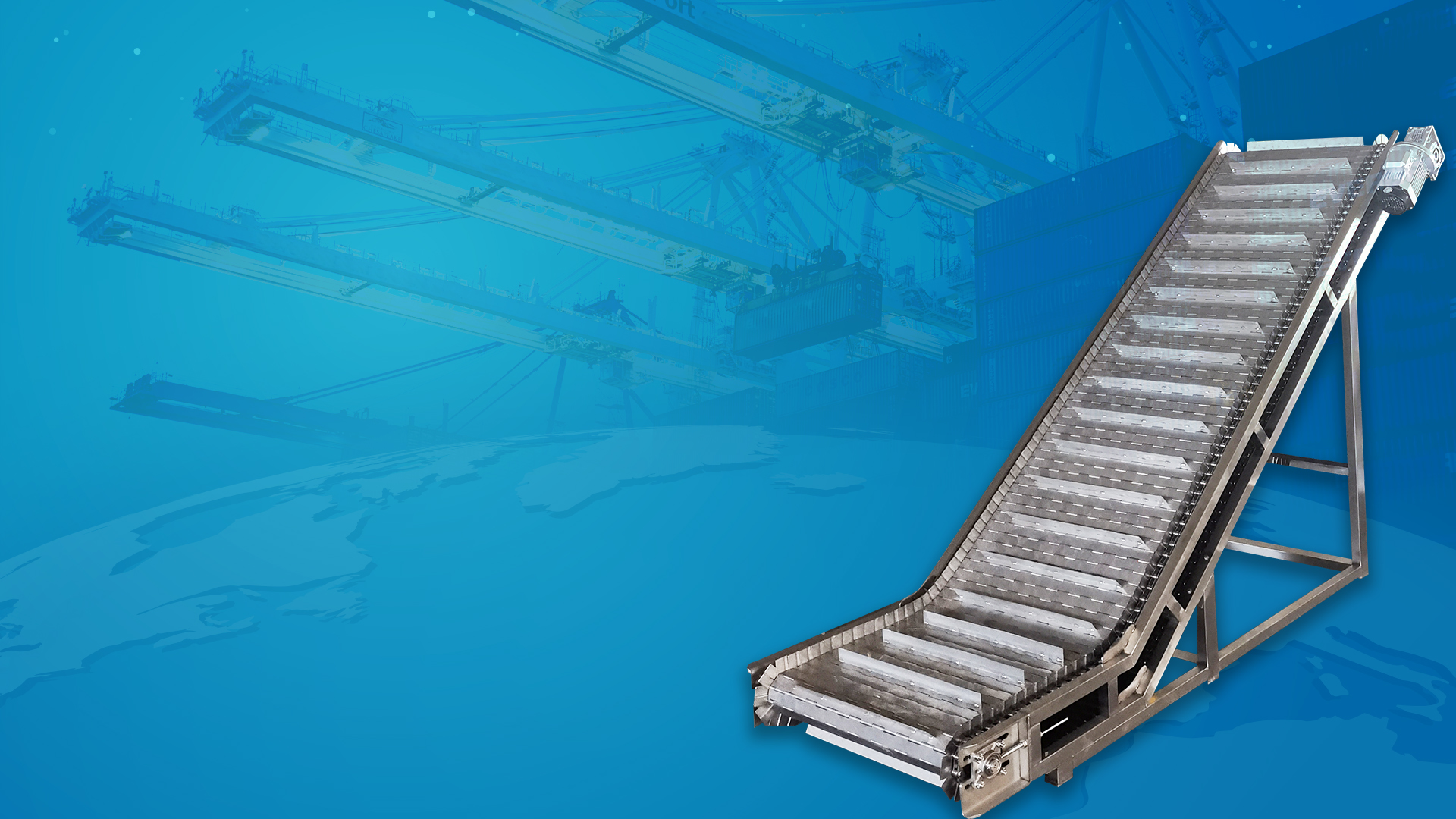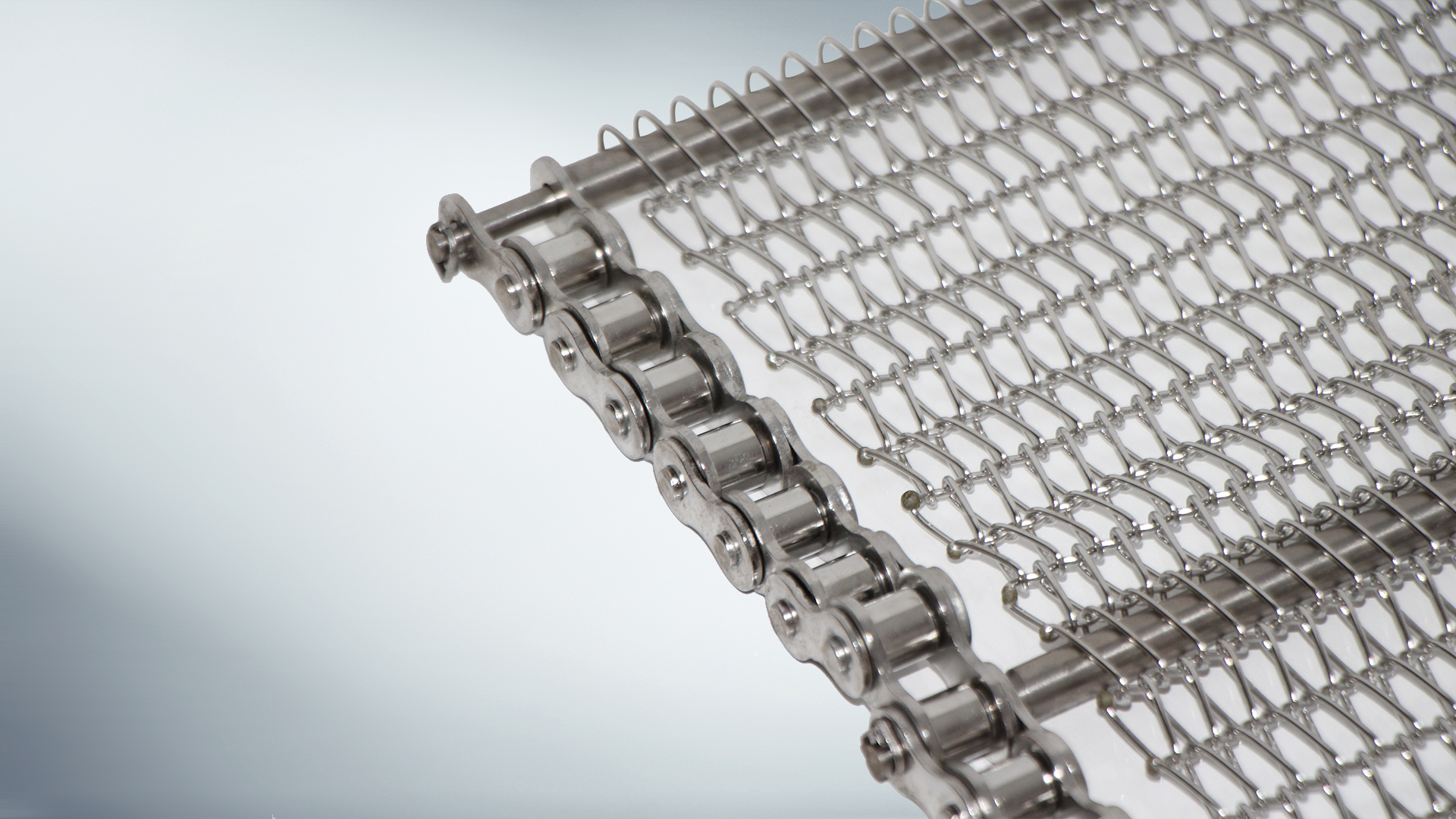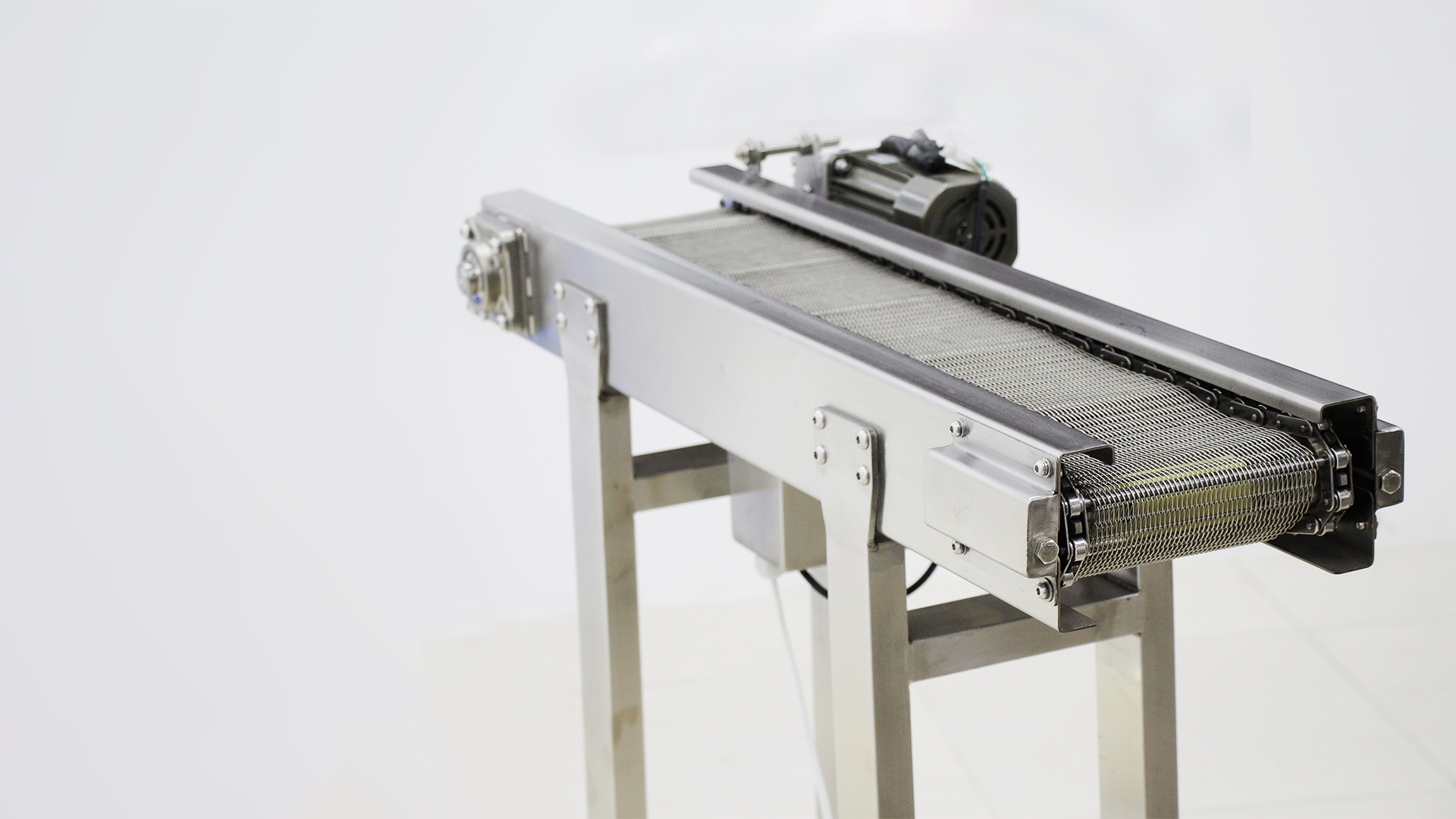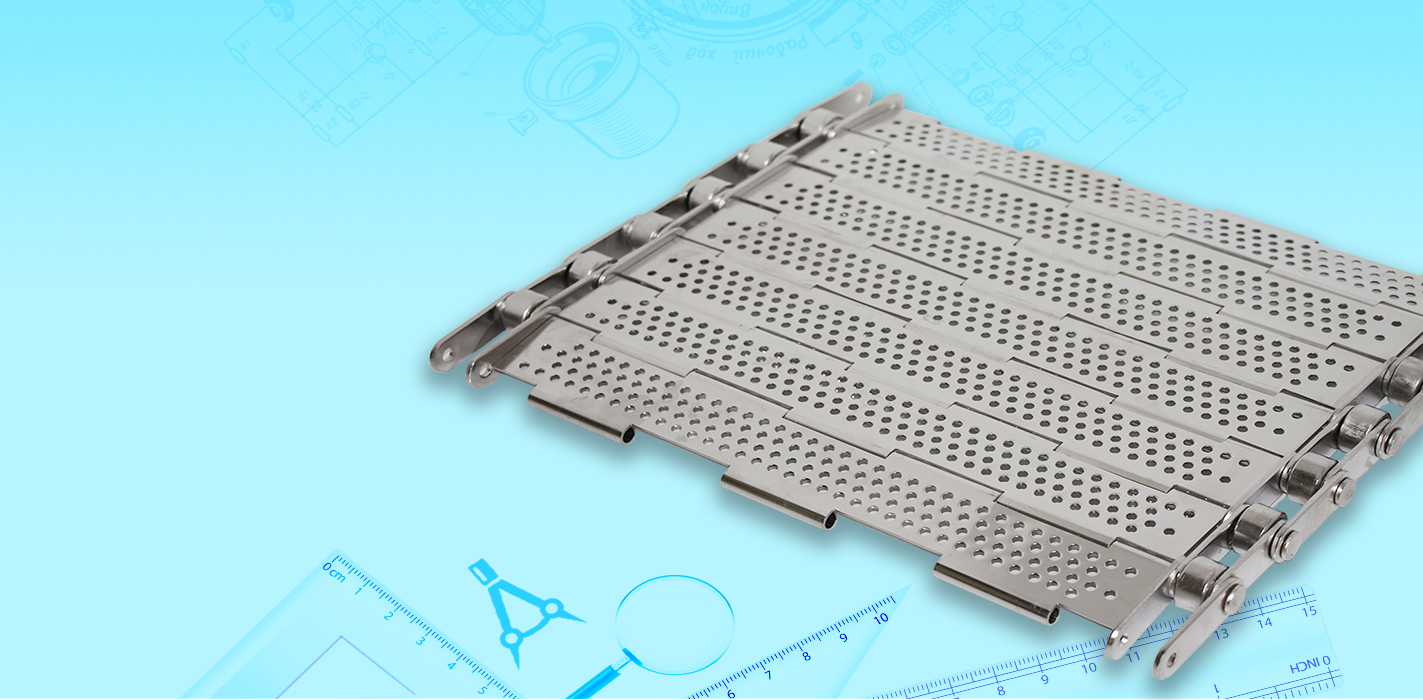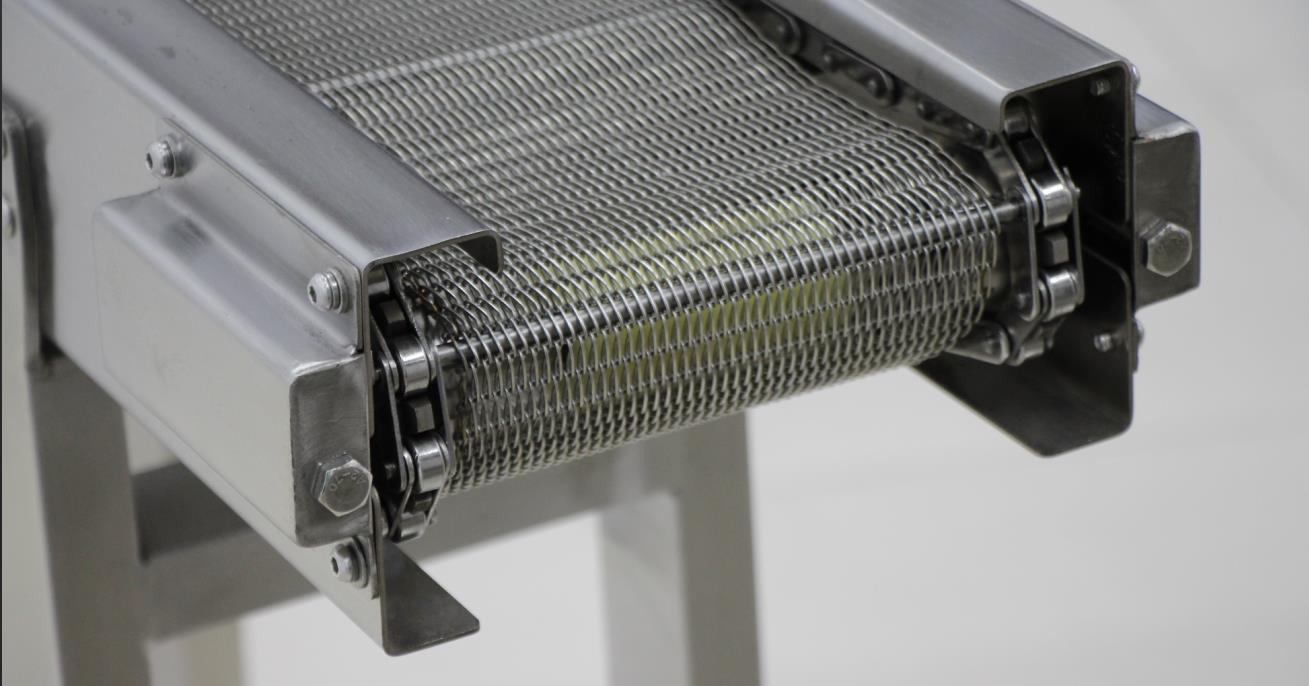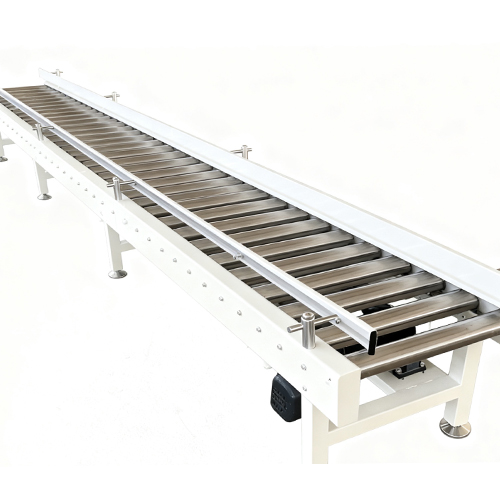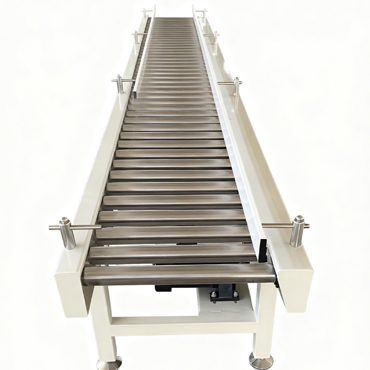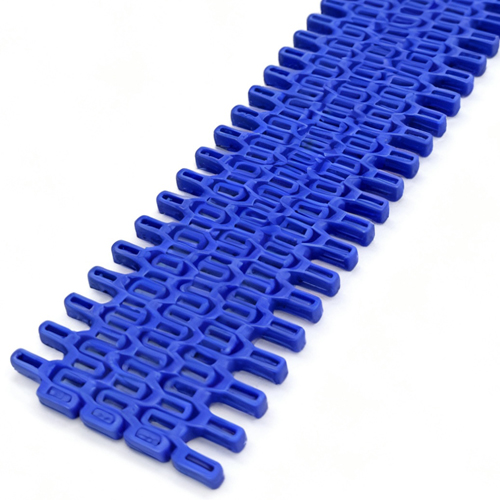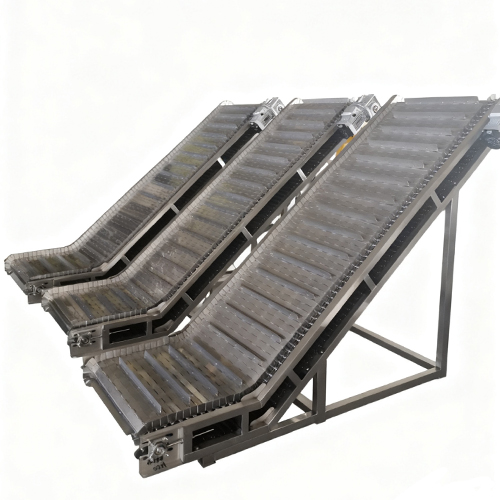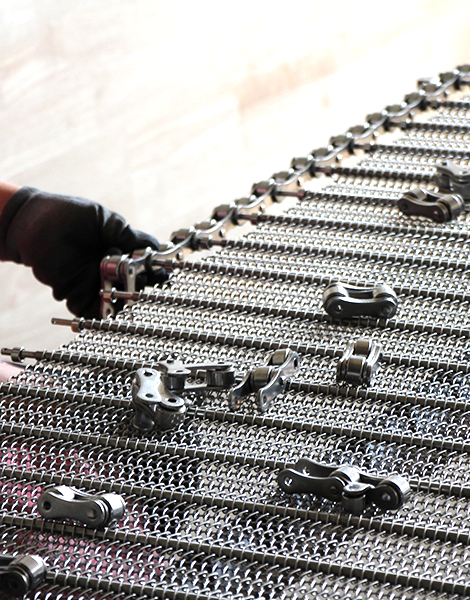The key design considerations for roller conveyors primarily encompass the following aspects: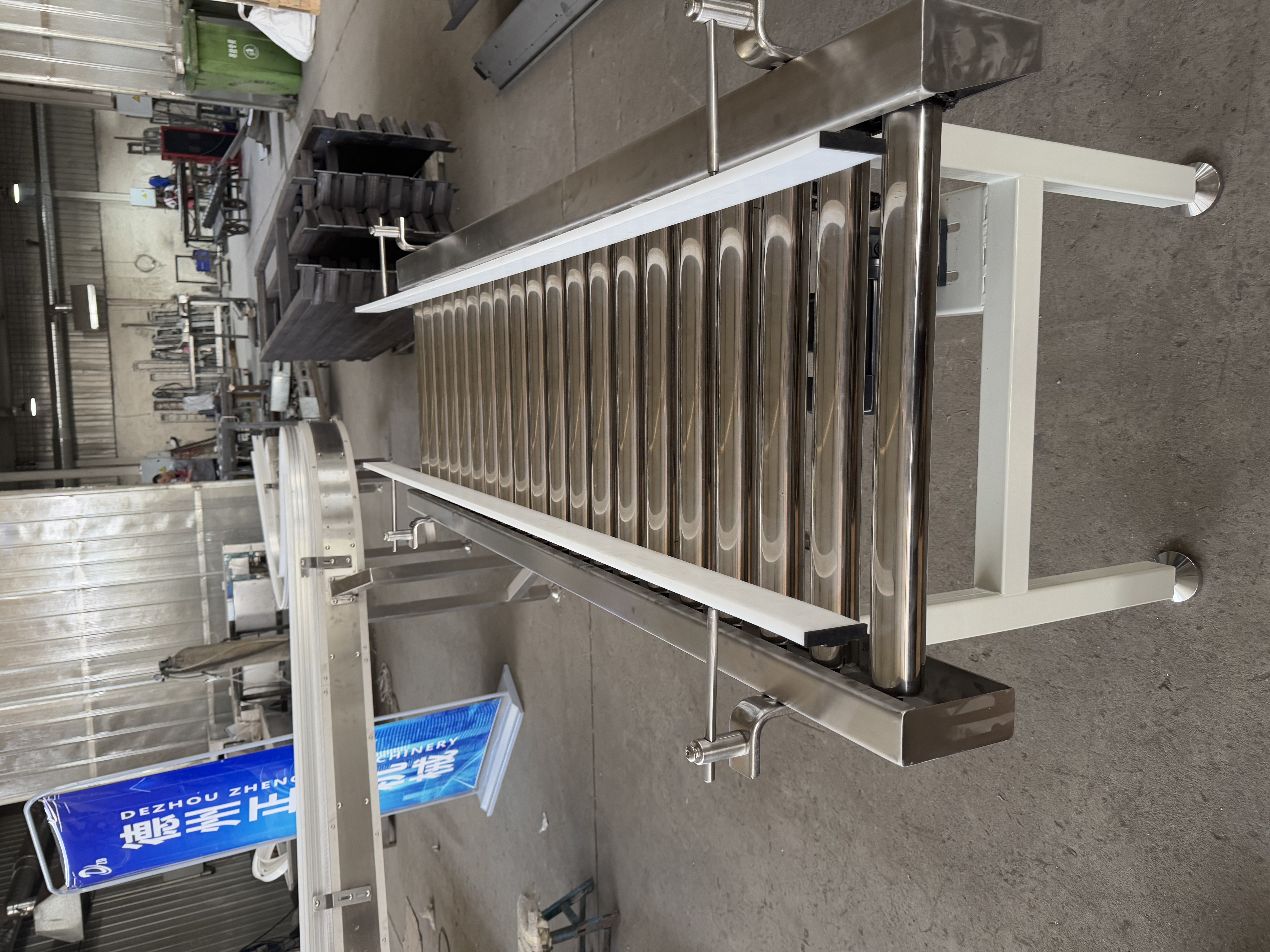
First, the specifications and arrangement of the rollers are critical. The appropriate diameter, length, and spacing of the rollers must be selected based on the dimensions, weight, and shape of the items being conveyed. An optimal arrangement ensures the items move smoothly and uninterrupted during conveyance, preventing jams and tilting. For instance, larger-diameter rollers with closer spacing are ideal for heavier items, while wider spacing is better suited for lighter, thinner items.
Second, the power system design is also important. The motor power and transmission method should be chosen according to requirements such as conveying distance, item weight, and conveying speed. The quality and stability of the transmission chain or belt directly affect the conveyor's operational efficiency and reliability. Therefore, it is essential to ensure that they can withstand the corresponding load and maintain good transmission accuracy.
Additionally, selecting the right roller materials is critical. Different materials have varying levels of wear and corrosion resistance, so they should be chosen based on the characteristics of the items being conveyed and the working environment. For instance, corrosion-resistant stainless steel rollers should be used when conveying corrosive items, and high-temperature-resistant materials should be used in high-temperature environments.
Furthermore, the control system design must meet the requirements of automated production. This includes start/stop control, speed adjustment, and item positioning functions to ensure efficient, reliable conveying operations. Additionally, safety protection devices, such as emergency stop buttons and safety light curtains, should be incorporated to ensure operator safety.
Lastly, the convenience of installing, maintaining, and repairing the conveyor should be fully considered during the design process.



